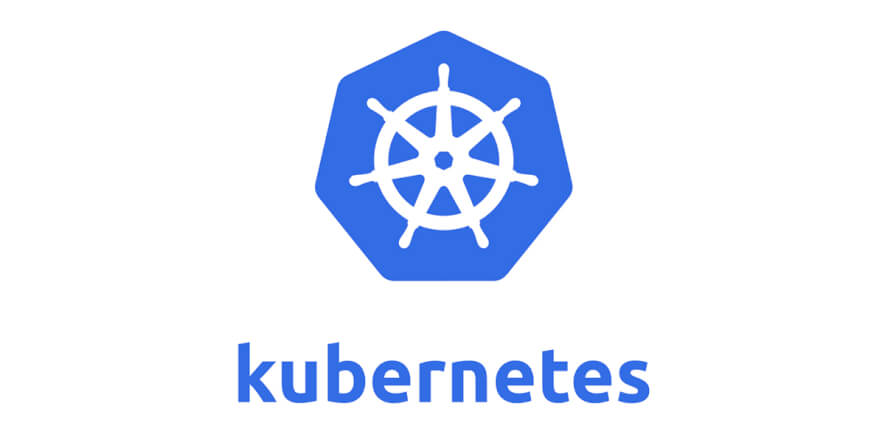Kubernetes are tools that organizations can implement into their containers to automate a wide range of app deployments. However, being able to deploy these applications so effectively and efficiently comes with the downside of potential risks.
These risks are often in the form of attacks from hackers who are looking to steal data, mine cryptocurrencies, disrupt services, and more. These attacks will continue to be attempted which has caused organizations to look for viable solutions.
Kubernetes Explained

Kubernetes is an orchestration tool used for containers that automate the processes involved with deploying, updating, and monitoring the containers. It’s a tool that is widely supported on cloud platforms as it can be used with Rancher, Docker EE, IBM Cloud, Google Cloud, and many more.
One of the key aspects of Kubernetes is the master node. This is the server responsible for managing the Kubernetes cluster and worker node to deploy nodes and pods. The worker node (A.K.A minions/slaves) are servers that run the app for containers, as well as other elements of Kubernetes, like proxies.
Pods have a separate IP address and tend to have just one container inside. However, it’s also possible for pods to have multiple containers. You also have service functions that work similarly to proxies.
Services can take requests from pods where it can then take these loads and balance them across pods that have been replicated.
The final main component of Kubernetes is the system components. These are used to manage clusters and involve Kubelet, etcd, and Kubelet. These are all elements that can be vulnerable to attacks.
Kubernetes Risks
When Kubernetes containers that are associated with pods come under attack, it can be due to insiders or external points. A compromised container can be vulnerable to attacks because of misconfigurations.
Attackers take the opportunity to gain access to a container to start trying to find more weaknesses within the network, file system, or process controls which is where Kubernetes security risks can increase.
Pods that have been connected without the proper authorization can be more prone to attacks. Containers that are compromised can try to connect with pods that are running in an attempt to start an attack.
Layer 7 network filtering is the only way that you can detect these attacks when it’s happening over trusted IP addresses. Attackers also commonly steal data through data exfiltration from pods.
They can also try to network tunnel to keep confidential data hidden, as well as reverse the shells within a pod and connect to a control server or command.
Kubernetes Infrastructure Attacks
When hackers are attempting to have access to containers or resources, they have to cause disruptions to applications or disable them altogether. In addition to this, hackers try to gain access to Kubernetes resources via Kubelets or API servers.
If an API server token is compromised or stolen, the ID can be used to have access to the database. Hackers can use the API server data to impersonate as an authorized user which can lead them to disable applications or deploy malicious content into your containers.
When hackers target the orchestration tool, they’re not only able to disable the applications that you currently have running. They can also have control of the resources that you’re using to run your containers.
Kubernetes Security Challenges
One of the great benefits of Kubernetes is that you can deploy containers across various clouds and hosts. However, this also means that all the containers you send out must be monitored to identify and prevent attacks.
The various containers that you have may include various attack surfaces that come with their own set of vulnerable spots for attackers to take advantage of.
If you’re still running old models and tools, your security is likely compromised. In today’s climate, those security tools simply cannot keep up with the modern-day threats from hackers. So, it’s an area that organizations won’t want to skimp on.
Protecting Kubernetes
Kubernetes can be open to attacks if the proper security measures aren’t taken. Unprotected Kubernetes can cause hackers to find areas in your container deployment system to attack that they previously wouldn’t have had access to.
To keep your Kubernetes system protected, configuring RBAC and reviewing the proper areas for access controls should be a priority.
When it comes to keeping the API server protected, be sure that you’ve configured RBAC for the server. You could also implement firewalls manually to stop unauthorized users from gaining access.
Keeping your Kubelet permissions limited can be done by configuring the RBAC for Kuebelts. Ensure that the certification for rotation is properly managed to keep the Kuebelt secured.
Setting an authentication process for external ports will reduce vulnerabilities. Make sure that you’ve reviewed all of the external ports and got rid of any ports that you don’t need. For the external ports that you do need, create an authentication process for people to gain access. When it comes to the services that aren’t authenticated, you can keep the access restricted with a whitelist source.
Reducing overall console access is a superb way to reduce Kubernetes security risks. Prevent proxy and console access being granted until user logins have been made with stronger passwords and more secure authentication processes.
In addition to the security measures mentioned above, you may also want to use tools for monitoring. These tools can help you identify the areas where there are attacks or unauthorized access points.
Conclusion
Kubernetes allows organizations to deploy applications with incredible speed. You’re also provided with the benefit of being able to deploy these applications across a wide spectrum of cloud-based services.
This can also leave your applications more vulnerable to attacks. So, if you are going to use orchestration tools for your containers, such as Kubernetes, be sure that you’ve taken the appropriate security measures and continue to do so to prevent and minimize the risk of attacks.

Thank you Neeraj for your endeavour to teach us all domains of IT !
My respect to you !